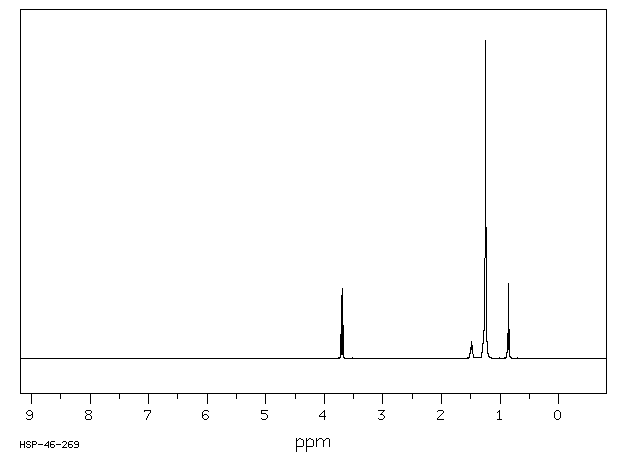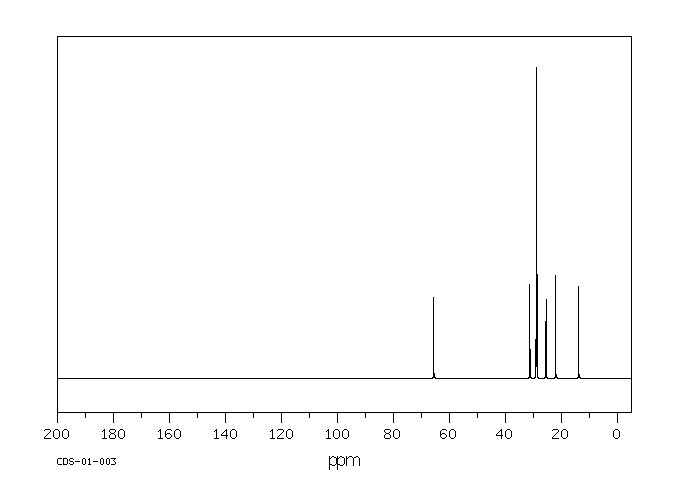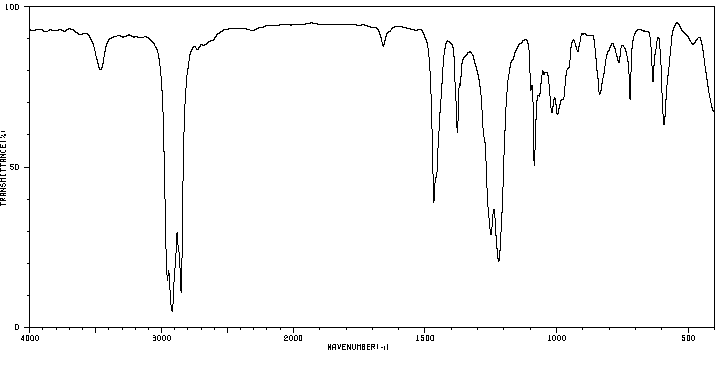毒理性
识别和使用:十二烷基硫酸钠是一种白色或米色的晶体、片状或粉末,有微弱的气味。十二烷基硫酸钠通常用作洗涤剂、分散剂和表面活性剂。纯净的十二烷基硫酸钠主要用于洁牙产品(用于清洁牙齿的粉状、膏状或液体)、洗发水和乳液聚合中。其余的十二烷基硫酸钠要么用于特殊化妆品配方,例如用于泡沫浴和染发剂,要么作为精细化学品,例如在凝胶电泳中作为变性剂。除了纯净的十二烷基硫酸钠洗涤剂外,制造商通常还会生产“工业级”十二烷基硫酸钠,这种产品大约含有70%的十二烷基硫酸钠和30%的十四烷基硫酸钠。这个产品通常被称为十二烷基硫酸钠。工业级十二烷基硫酸钠用作洗碗产品的洗涤剂(主要用途),作为塑料和乳胶的添加剂,以及用于油漆和清漆中。十二烷基硫酸钠在一种注册的杀虫剂产品中用作跳蚤和蜱虫驱避剂——一种用于猫狗的跳蚤和蜱虫洗发水。十二烷基硫酸钠也是美国市场上许多非杀虫消费者产品中广泛使用的成分,包括洗发水和果汁。它还用于水力压裂以防止在压裂液中形成乳化液。人类暴露和毒性:在242名患有湿疹性皮炎的患者中,过敏反应的比例达到了54.6%。对十二烷基硫酸钠(6.4%)的过敏反应数量很大。进行了一项研究,比较了无十二烷基硫酸钠(SLS)和含SLS的洁牙产品(用于清洁牙齿的粉状、膏状或液体)对复发性阿弗他口炎(RAS)患者的影响。尽管无SLS产品没有减少溃疡的数量和发作次数,但它影响了溃疡愈合过程并减少了RAS患者在日常生活中的疼痛。动物研究:对十二烷基硫酸钠的重复剂量毒性进行了广泛研究。测试范围从亚急性(28天)到慢性(大鼠2年)研究。此外,这种物质在两种不同的物种(大鼠和狗)和通过两种不同的给药途径(饮食和灌胃)进行了测试。十二烷基硫酸钠在动物身上的主要效果是胃肠道局部刺激。研究了十二烷基硫酸钠对三种不同物种的发育毒性和致畸性。小鼠和家兔是最敏感的物种。对十二烷基硫酸钠进行了广泛的遗传毒性测试。细菌测试和哺乳动物系统中的各种测试(体内和体外)都没有显示出任何遗传毒性的迹象,无论是否进行代谢激活。已发表的报道表明,十二烷基硫酸钠对哺乳动物的急性毒性较低,没有已知的慢性影响。生态毒性研究:对鲤鱼中的月桂硫酸盐的吸收、组织分布和消除进行了研究。这种化学物质在肝脏和胆囊中浓缩。在24-72小时内达到最大全身水平。随着水硬度的增加,存活时间减少。十二烷基硫酸钠已作为一种对几种鲨鱼物种的驱避剂进行了测试。在足够低的浓度下,它没有引起作为经典环绕云型驱避剂的驱避反应。然而,效力的范围确实允许它用作定向驱避剂。
IDENTIFICATION AND USE: Sodium lauryl sulfate is a white or cream-colored crystal, flake, or powder with a faint odor. Sodium dodecyl sulfate is used in general as a detergent, dispersant, and surfactant. Pure sodium dodecyl sulfate is used mainly in dentifrice products (a powder, paste, or liquid for cleaning the teeth), in hair shampoos, and in emulsion polymerization. The rest is either used in special cosmetic formulations, e.g. for bubble baths and hair bleaches, or as a fine chemical, e.g. as denaturing agent in gel electrophoresis. Besides pure sodium dodecyl sulfate detergent, manufacturers usually produce "technical grade" sodium dodecyl sulfate, a product that consists of approximately 70 % sodium dodecyl sulfate and 30 % sodium tetradecyl sulfate. This product is generally called sodium lauryl sulfate. Technical grade sodium dodecyl sulfate is used as a detergent in dish-washing products (main use), as additive for plastics and latices, and in paints and lacquers. Sodium lauryl sulfate is used as a flea and tick repellant in one registered pesticide product--a flea and tick shampoo for cats and dogs. Sodium lauryl sulfate also is a widely used component of many nonpesticidal consumer products currently marketed in the United States, including shampoos and fruit juices. It is also used in hydraulic fracturing to prevent the formation of emulsions in the fracture fluid. HUMAN EXPOSURE AND TOXICITY: Among 242 patients suffering from eczematous dermatitis, the percentage of allergic reactions reached 54.6%. A great number of allergic reactions to sodium lauryl sulfate (6.4%) was observed. The study was conducted to compare the effects of sodium lauryl sulfate (SLS)-free and SLS-containing dentifrice (a powder, paste, or liquid for cleaning the teeth) in patients with recurrent aphthous stomatitis (RAS). Although SLS-free products did not reduce the number of ulcers and episodes, it affected the ulcer-healing process and reduces pain in daily lives in patients with RAS. ANIMAL STUDIES: The repeated dose toxicity of sodium dodecyl sulphate was studied extensively. Tests range from sub-acute (28 days) to chronic (2 years in rat) studies. Further, the substance was tested in two different species (rat and dog) and by means of two different routes of administration (diet and gavage). The primary effect of sodium dodecyl sulphate in animals is a local irritation of the gastro-intestinal tract. Developmental toxicity/teratogenicity of sodium dodecyl sulphate was investigated in three different species. Mice and rabbits are the most sensitive species. Sodium dodecyl sulphate was extensively tested for genetic toxicity. Neither the bacterial tests nor the various tests in mammalian systems (in vitro and in vivo) have shown any indication of genotoxicity with or without metabolic activation. Published reports suggest that sodium lauryl sulfate has low acute mammalian toxicity and no known chronic effects. ECOTOXICITY STUDIES: Uptake, tissue distribution, and elimination of lauryl sulfate were investigated in carp. The chemical concentrated in hepatopancreas and gallbladder. Maximum whole-body levels were reached during 24-72 hr. Survival time decreased with increased water hardness. Sodium lauryl sulfate has been tested as a repellent against several species of sharks. It did not provoke a repellency response at a low enough concentration to function effectively as a classical, surrounding-cloud type, repellent. The range of potency, however, does allow it to be used as a directional repellent.
来源:Hazardous Substances Data Bank (HSDB)









